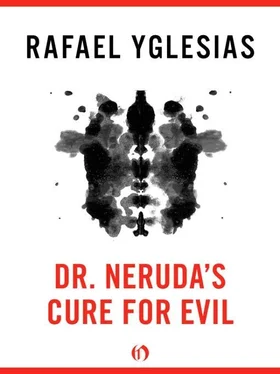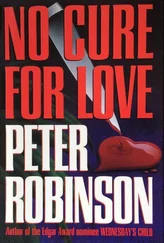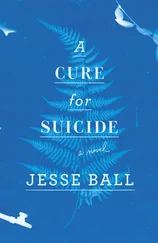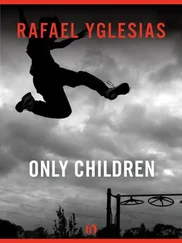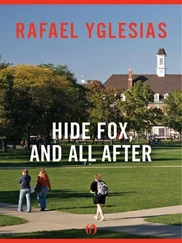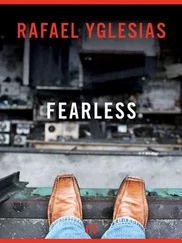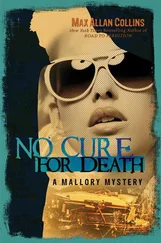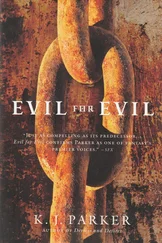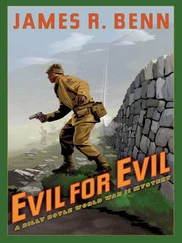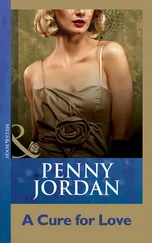The book contracts were negotiated. The Spanish, American and English publishing houses didn’t offer nearly what he expected for the book. But living in Spain was cheaper than he had estimated and the advances would be enough for us to live rather well for six months. We traveled to Galicia next, to Santiago de Compostela. It was very cold and we learned that the little town where my father believed our relatives lived was reachable only by a dirt road that was impassable to cars until after the mud season in March. Since we had no way of knowing when, if ever, our cousins might come into town in their horse-drawn cart (all the farmers used them) there was little point in hanging about. (Of course they had no phone, nor did the village nearest to them.) We moved on to the southeast coast, to the warm winter beaches that were already popular with German and English tourists in those days and today are mobbed by them.
We rented a two-bedroom apartment in the first of two high-rise hotels that had been built on the beach at Alicante. It wasn’t that different in look or feel from a place we had once stayed in outside Tampa. The difference was the people, in particular the habitués at the bar downstairs. I became a regular there while my father took one- and two-day trips to various cities researching his book. (Very little of these excursions can be found in his memoir, Land of Guns and Sighs.) Carmelita wasn’t much of a playmate. She didn’t seem able to get enough rest; no matter how early to bed and how late to rise, she took a long nap every afternoon. I wandered the beach until five, playing with the German and English kids who came and went every few days, and then I stopped in at the bar for a Coke and a small bowl of green olives stuffed with pimentos. The young bartender, a handsome eighteen-year-old named Gabriel, or Gabby as the English called him, pretended I was a real drinker. He set me up with a flourish and joked if I ordered a second Coke that I might not be able to make it upstairs safely. He refilled my bowl of olives without charging me — that was crucial to my being able to afford a second Coke. Gabby was popular with all the tourists, especially with one middle-aged woman, the widow of an American businessman who had worked in Spain their entire married life and thus his death left her without a home, literal or figurative, in the United States. I realize today she was an alcoholic who spent her afternoons and evenings gradually getting drunker while she flirted safely with the dark-skinned, sleek-haired muscular Gabriel. She portrayed herself as a beauty whose sensibilities were too delicate for the corrupt world. She claimed her hope was that a wealthy tourist would fall in love with her and provide another ready-made life, but she made little or no effort to meet one. I don’t remember her name. She was Southern and talked in her lovely drawl with me and Gabriel about the adulterous love affairs she had during her husband’s business trips. “I was neglected,” she would declaim defensively. “I was terribly, terribly neglected.” Her dyed blonde hair draped down the exposed front of her generous bosom, a chasm that Gabby often took a lingering look into as he wiped the counter. I was frequently pressed against it when I said something precocious. Gabby flashed his bright teeth and told her she was still the most beautiful woman on the beach and that every man wanted her. Sometimes his flattery would move her to tears. She and Gabby performed this second-rate Tennessee Williams one-acter each afternoon, except that Gabby’s secret life wasn’t that he was gay — it was that he wanted to be a bullfighter. He confessed his ambition to me on a rare day when our Southern belle was absent. I had already cultivated the therapist’s attitude of uncritical listening: I was privy to the longings of many of the adults at that bar during those months. Gabriel’s in particular impressed me because I was also tempted by bullfighting as a calling.
By then I had seen a bullfight with my father on a trip to Sevilla and become a fan of El Cordobés, the most controversial of the fighters. He outraged purists not only with his long hair but more gravely by his flouting of the formal conventions of the ring. He invented such stunts — in fact I saw him do this one — as kissing the bull on the snout after a particularly brilliant series of passes left the animal dazed and confused. If his bull was especially unaggressive, El Cordobés would taunt him into a rage by hitting him on the nose with the sword or mooning him. Outside the ring, he was known for his love of rock and roll and American movies. Women loved his lean body and Beatles haircut, and he was insanely brave — even his detractors acknowledged that he was exceptionally brave. El Cordobés was sparing in his use of the banderilleros and the picador. The banderilleros were the men (this part of the fight looked very unfair to me) who used brightly colored sticks with sharp hooks to stick into the upper back of the bull and the picador was a tormentor on a horse who drove a stabbing instrument on a long pike between the animal’s shoulders. These wounds force the bull’s head lower, dropping his dangerous horns and exposing the vulnerable area for the matador’s killing blow. A cowardly fighter would overuse them, virtually rendering the bull both defenseless and incapable of offense.
My father and I were lucky enough to see El Cordobés for our first fight and he was brilliant. He killed two fierce and gorgeous animals. (I can still see the brilliant trickle of blood drip down the bull’s black fur, oozing from the gold handle of El Cordobés’s sword.) His bulls were of the aggressive Miura breed and yet El Cordobés waved off the picador, so they weren’t crippled. He did kiss his second bull on the nose but I didn’t agree with the old men around us (they were probably in their forties and fifties) that El Cordobés’s style was rude and demeaning to the animal. He seemed to love the bulls and I thought his execution of them was exquisite. His lean body vaulted above the horns and split their deadly points as he buried his sword to the hilt, killing the bull in an instant. They died a beautiful death, a death as magical as it’s shown in art, but in reality isn’t. [Bullfights are barbaric, savage, pretentious and thrilling — and, of course, provide a nearly perfect mass release for the Spanish id. Taking the violence of my childhood into account, especially the loss I had suffered without appropriate acknowledgment, my attraction to this spectacle seems inevitable. To symbolically control and triumph over death secreted a wish for the reclamation of my mother’s life underneath the more obvious fantasy inherent for all males in bullfighting.]
Over my Cokes and olives, I quizzed Gabby about his training. He explained that since he couldn’t afford to go to a proper novillero school (novillero meaning a novice bullfighter) he and some others would slip into the slaughterhouse pens at night and take their chances with both the animals and the night watchmen. I pleaded with him to bring me along. At first he didn’t believe I was serious; then he became alarmed and made me promise I would say nothing to my father. Finally, tired of my nagging, he offered a compromise. He said he would take me one Sunday afternoon to a pasture about forty-five minutes inland where a friendly farmer used to allow him to play with the baby bulls whose horns were merely nubs. He said I could ask my father if that was okay (most Spanish boys ventured that far into the fantasy of bullfighting) but when I did ask Francisco, although he smiled proudly, he said, “Absolutely not.”
“Why not?”
“If you want to do something athletic, let Carmelita teach you how to swim.”
“I know how to swim.”
Читать дальше
